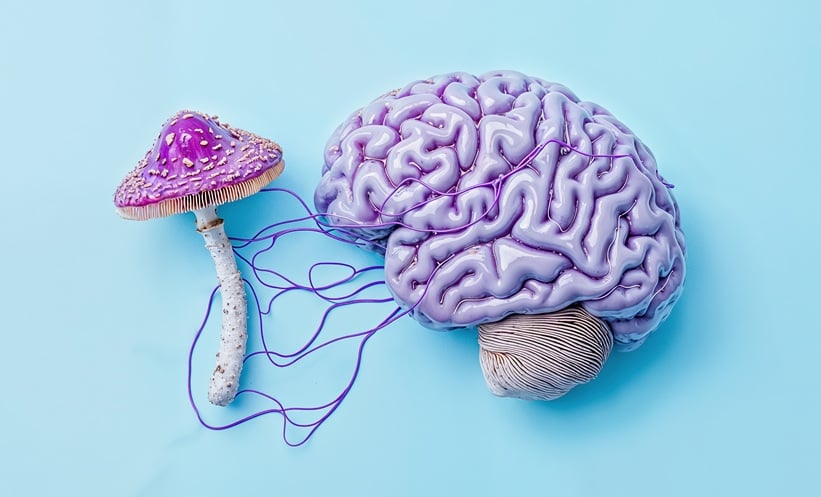HE RISK of a drug undergoing racemisation can be tested using a mathematical model developed by researchers from Cardiff University, Liverpool John Moores University, and AstraZeneca. The method enables the prediction of the rate of racemisation in any drug compound early in the production process, which should significantly reduce the financial risk associated with drug development.
Mathematical Model
Using simulated chemical conditions of the human body, the team introduced different drugs and then monitored the rate at which they underwent racemisation. From these data, the safety and efficacy of drugs could be indicated by using a mathematical model that predicted the rate of racemisation in any drug compound.
Racemisation
Racemisation is where a drug becomes either inert or potentially dangerous when its structure converts to a mirror image of itself as a result of an environmental change, and is a big issue in drug development. It can take place in compounds that contain just a single enantiomer, which developers have strived to specifically create.
Identifying At-Risk Candidates
“Following the thalidomide disaster, researchers worldwide have focussed on making compounds enantioselectively; that is containing just one enantiomer,” explained the study’s lead author Dr Niek Buurma, Cardiff University. “However, while compounds are routinely tested to ensure they are inherently stable under physiological conditions, not much thought has been given as to how to prevent configurational instability at the design stage, using suitable predictive models.”
As the first quantitative risk assessment tool created for the process of racemisation, this model should prove to be valuable by identifying at-risk drug candidates in the early stages of development, which should ensure the efficient creation of safe medication and reduce the financial risks involved in creating drugs.
James Coker, Reporter
For the source and further information, click here.








